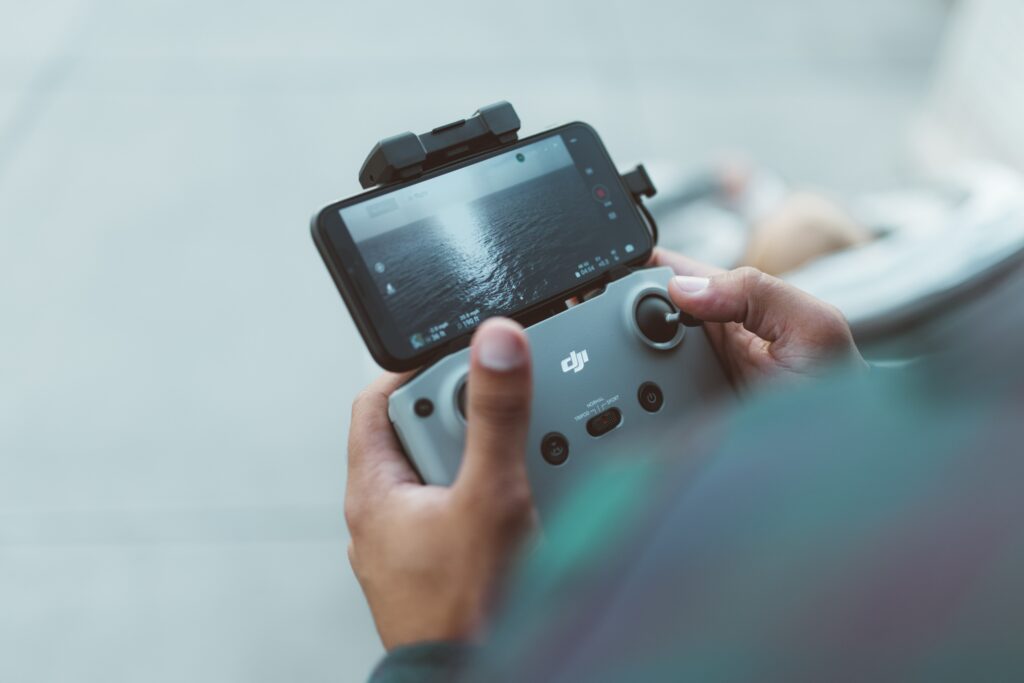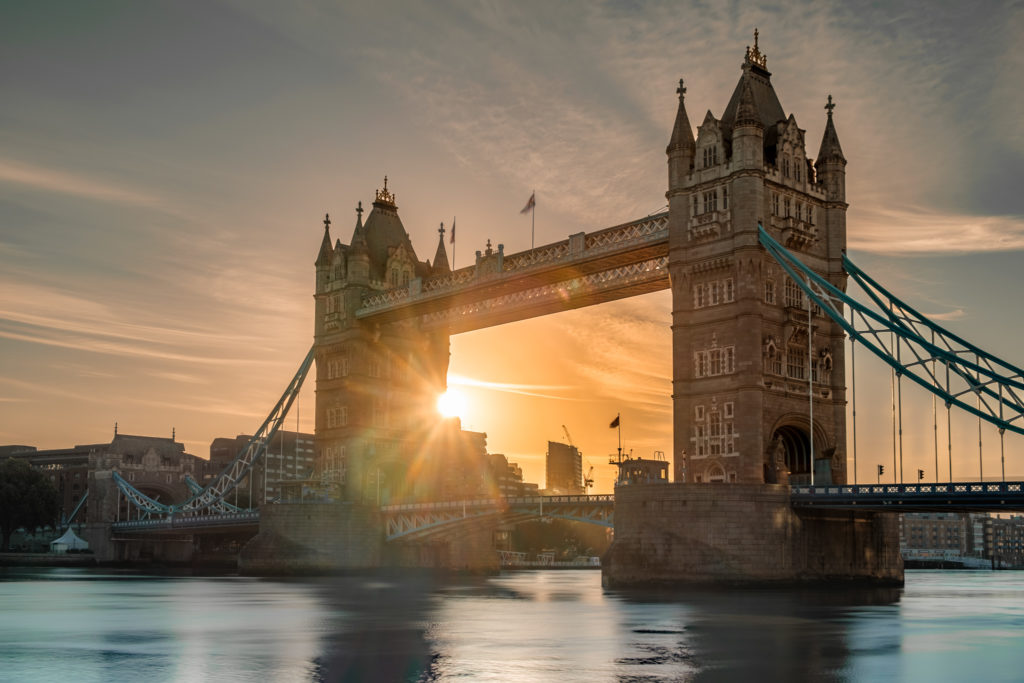There is a lot to be said for working for yourself. Setting your own hours, choosing who you work for and where and when you do jobs. To someone doing a nine to five desk job, sometimes these attributes can seem hugely appealing.
There’s no-one looking over your shoulder, no-one telling you what to do and when. Except in many cases by getting into freelance photography, there is. The life of a freelance photographer might sound idyllic but in reality, it’s just as hard a job as being chained to a desk all day.
Mastering freelance photography takes patience, skill, marketing and not a little luck. However, if you are prepared to put in the effort, learn both your craft and your niche then, it can become a reality.
Today we are going to give you some tips on how to master freelance photography including how to plan, shoot and sell your images as a freelancer.

What Are Your Freelance Options?
There are many ways that you can make money from freelance photography. Some open to those with a general set of skills, others will require you to be an expert in a particular field. You will need to decide where your particular skillset lies and play to your own strengths. Some of your options include but are not limited to:
- Stock photography
- Fine art photography via limited edition print runs
- General selling of prints or licenses
- Teaching Photography either direct or via YouTube or other channels.
- Weddings and other local events
- Real estate photography
- Drone Imagery and Footage
- Assisting other photographers
- Blogging and vlogging about your photographic shoots and editing.
- Post-production work
These genres are but a few of the many ways you can make money. Mastering freelance photography will require you to hone in on, not only your skills but the market you wish to sell too.

Mastering Freelance Photography – It's All In the Planning
There are two types of planning you need to consider as a freelancer. The long term business planning and short term shoot planning. Both need to be done correctly if you wish your freelance career to be profitable. Let’s look at the long term planning you need to do first.
Planning For The Future.
In the early days of your freelance career, the future might seem a long way away. However the more you plan the course of your freelance business, the better prepared you will be. Some of the things you need to consider in long term planning are:
- Equipment upgrades and backups
- Work from home or rent an office.
- Marketing your skills to the right audience.
- Having suitable insurance including liability
- Reacting quickly to market trends and adapting to them.
- Having a revenue flow that will allow you to repair and replace equipment.
- Understanding freelance tax laws in your country.
Of those, one of the most important planning aspects is equipment. As a hobbyist, you may have one, top end camera and some great lenses. With freelance photography, one camera is not going to do. Any failure of a single camera and your money flow is cut off.

One of the hardest things to do when switching from enthusiast to freelancer is to get into the business mindset. That means buying equipment that you need, and not that you want. That equipment does not have to be the top of the range camera, it needs to be the most reliable tool for the work you intend to do and at a price that can be recovered by that work.
It’s vital that you have back up options too. A second camera body is a must. This does not have to be the same model as your primary camera, it could be the base model in the range, so long as it will get you out of a hole if the time comes.
As well as photographic equipment, you also need to consider your computer equipment. A decent working computer is vital to a freelance photographer, so you need to make sure you have at least some money by for any repairs or replacements.

Storage space is another consideration. When your out shooting to make money several times a week, your storage requirements are going to rocket. You may have a client return to you, years down the line and ask for an image you shot. That means keeping every shot you make for a client.
Shoot Planning
Getting into freelance photography, there are two main scenarios for making money. The first is shooting on spec and selling later. Examples of this include stock photography, fine art and selling prints.
The second is commissioned shooting. This is where a client commissions you to carry out a specific photographic task. Examples of this include weddings and event, real estate and commercial photography. Let’s delve a little deeper into planning a shoot for each.
Shooting On Spec.
To shoot on spec, you really need to know your market. You also need to plan your shoot extremely well as you have no way of knowing in advance how much money you will make from that shoot. That means in addition to typical shoot planning, you also need to carry out a lot of research. Let’s look at a specific example of on spec shoot planning.
Planning As A Travel Photographer
Let’s assume you shoot travel stock photography. You have in mind a particular city that you wish to visit and shoot. The first thing you need to do is look at the stock photography that is already available. You need to analyze the images and their locations. You need to look at whether you shooting that location will make you money or not.
Often, just because there is already a lot of stock images at a location, it does not mean you may not make money out of shooting that same location. If the stock images are quite generic and you feel you can bring something new to the place then it may be worth a visit.

However, you need to factor in all of the costs involved in visiting that location and balance them against potential earnings. Travel stock images also have a lifespan, particularly if they are of fast developing locations. A stock image of a medieval Belgium city will have a longer life span than a fast developing Vietnamese city. This is important to factor in as your potential returns may diminish quicker with the developing city. Some of the costs you need to consider when planning are:
- Travel to the location, airfares, fuel prices, etc.
- Accommodation at the location. You need to balance the accommodation price with local travel costs.
- Food and drinks. Shooting all day is energy sapping and will require you to boost your energy.
- Local travel costs. Getting around the location by trains, buses, metros or taxis.

As well as the research you need to make detailed plans on all the locations you wish to shoot using all the tools you can muster. Things that can help include Google Earth and Streetview, Photographer’s Ephemeris and weather apps to determine typical weather conditions.
Let’s now take a look at some of the planning you might need to do as a commissioned photographer.
Planning As A Wedding Photographer.
Commissioned photography will require a different set of planning skills to an on spec shooter. As you will have made a contract to supply finished images and maybe video, the research of the shoot is not necessary.
However, what is very necessary in many cases is scouting the location. Weddings can take place in many varied locations, dimly lit churches, spacious halls, outside in a gazebo. All of these may require a different plan and back up plan.
A dimly lit church is going to require some planning on how to light the bride and groom. It might rain at a gazebo wedding, will your equipment stand up to getting wet? Most locations will have rules on where you can photograph and where you cannot. A meeting with either the wedding coordinator or location manager would be highly advisable.
If you plan to fly a drone, you need to make sure your commercial license and insurance are up to date. You will also need to liaise with the location to check whether drone photography is allowed and what the restrictions are.
A contract is vital to any commissioned photographer. It needs to be flexible enough to accommodate the client's needs yet tight enough that you don’t get left out of pocket by unplanned for extra requirements.
How you will deliver the final product requires planning and discussion with the client. Third party contractors may be required for items such as preparation of the wedding album or video production. Those are costs that need to be passed on.

Planning Is Vital To Success
As you can see from these two diverse examples, planning is hugely important to any successful shoot. As you can also see, the type of planning you need to make both for the long term and for shoots is also highly diverse. For this reason and especially when first starting out, you need to restrict yourself to one discipline and become experienced at that to start making money. Speaking of which.
Selling Your Images As A Freelance Photographer.
Again, when it comes to selling your work there are two distinct genres, on spec and commissioned. Both are determined by market forces and the quality you produce. In the case of the commissioned photographer, reputation also has a significant say in the prices you can command. This is also true in some on spec genres such as fine art. Let’s take an individual look at each genre.
Selling On Spec Photography.
In some genres of on spec photography, the pricing is pretty much out of your control. The majority of stock agencies set prices for you based on your content. Generic stock photography does not sell for huge prices these days so it’s very much a case of submitting large quantities of decent images.
If your stock photography fits a specific, un-catered for, niche then you may well be able to command much higher prices from macro stock agencies. These agencies are more difficult to get in to and will require a higher standard of photography. Stock agencies, however, dramatically reduce the need for you to market your work.
Shooting fine art photography or selling your own prints and licenses online allows you to set your own prices. The caveat to this is that you need to establish the right price. One mistake freelancers often make is actually selling their work too cheaply. The rationale is that the cheaper you are, the more you will sell. However, this does not take into consideration the demand for your work. Not everyone will want to buy your photography, but some will, and will be prepared to pay higher prices. Finding the balance between price and demand can be tricky and requires a lot of experimentation.
Selling images yourself will also require you to market yourself. That is highly time-consuming and also requires a good knowledge of your market. Again a lot of freelancers try marketing to their peers on social media. In the vast majority of cases, this is not your market and you are wasting your time. Spend that time in groups and forums devoted to art buying or publishing and you will probably yield better results.

Selling Commissioned Photography.
The huge difference here is that you need to know your prices before you take on clients. Again there are many variables that will affect your pricing levels, these might include:
- Local demand for your services.
- Local competition
- Your own ability and reputation
- Your ability to market yourself and your photography.
- Your associated costs.
To market yourself in freelance photography, you are going to need a strong portfolio of well-chosen images. These days this is more likely to be in the form of a well-designed website than a printed portfolio. It must, however, demonstrate your abilities to the client. Building a good reputation, not only for your work but also for your customer service will also allow you to command a higher price.
Costing Commissioned Work.
When preparing a price for a potential client, make sure you factor in every detail that is a cost to you. You can charge a flat rate, daily rate or hourly rate but within that, you need to make sure that you cover your cost and make a profit. Make sure you consider things like traveling to a location, insurance required, wear and tear on your equipment and how the end product is delivered.
Your end objective is to make a decent profit from the job when all things are considered.
Mastering freelance photography is not easy. But then starting your own business is not easy. They are pretty much one and the same thing. You are going to need to put a lot of time and effort into the planning, marketing and shooting before you start to see a return.
Over time, you will learn where you make the most money and what does not make any money. You will be able to hone your abilities to on the aspects that make money, quietly dropping those that don’t.

One last thing to remember is that these days, more than ever, photographic trends are constantly changing. Keep tuned to the latest techniques and technology and adapt to it. Staying ahead of the curve is vital in a fast-moving economy.
Getting into freelance photography is not for everyone. There is always elements of uncertainty, financial ups, and downs. But if you are dedicated, save in the ups for the downs and plan well, being a freelance photographer can be rewarding, both financially and emotionally.
Further Reading:
- 7 Ways To Earn A Little Extra Money From Your Photos In 2019.
- 3 Ideas To Help You Create A Compelling Portfolio
- 12 Tips For Turning Your Photography Into A Business
- 5 Pro Secrets To Getting Accepted At A Photo Stock Agency
- The Realities Of Stock Photography
- 5 Easy Ways To Promote Yourself As A Photographer
- 4 Easy Tips To Help You Start Selling Photo Prints
Shareable Images for Pinterest





1 Comment
excellent article!!